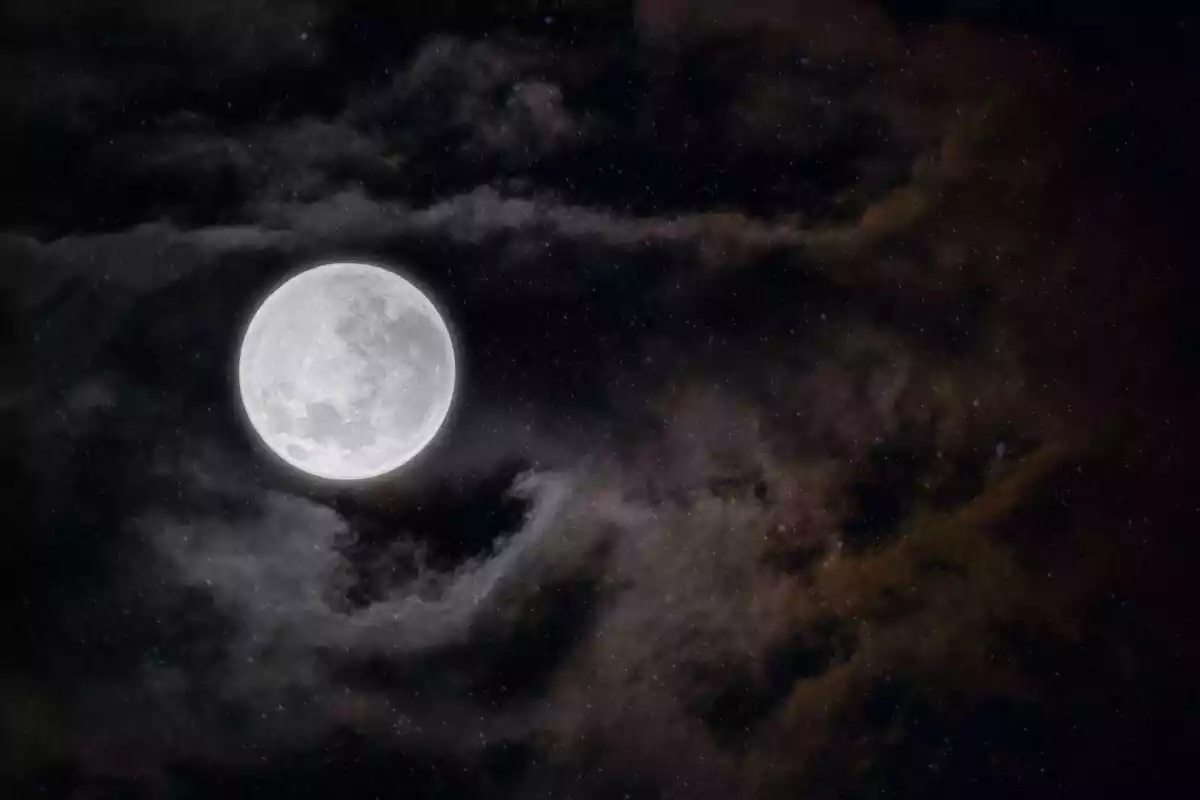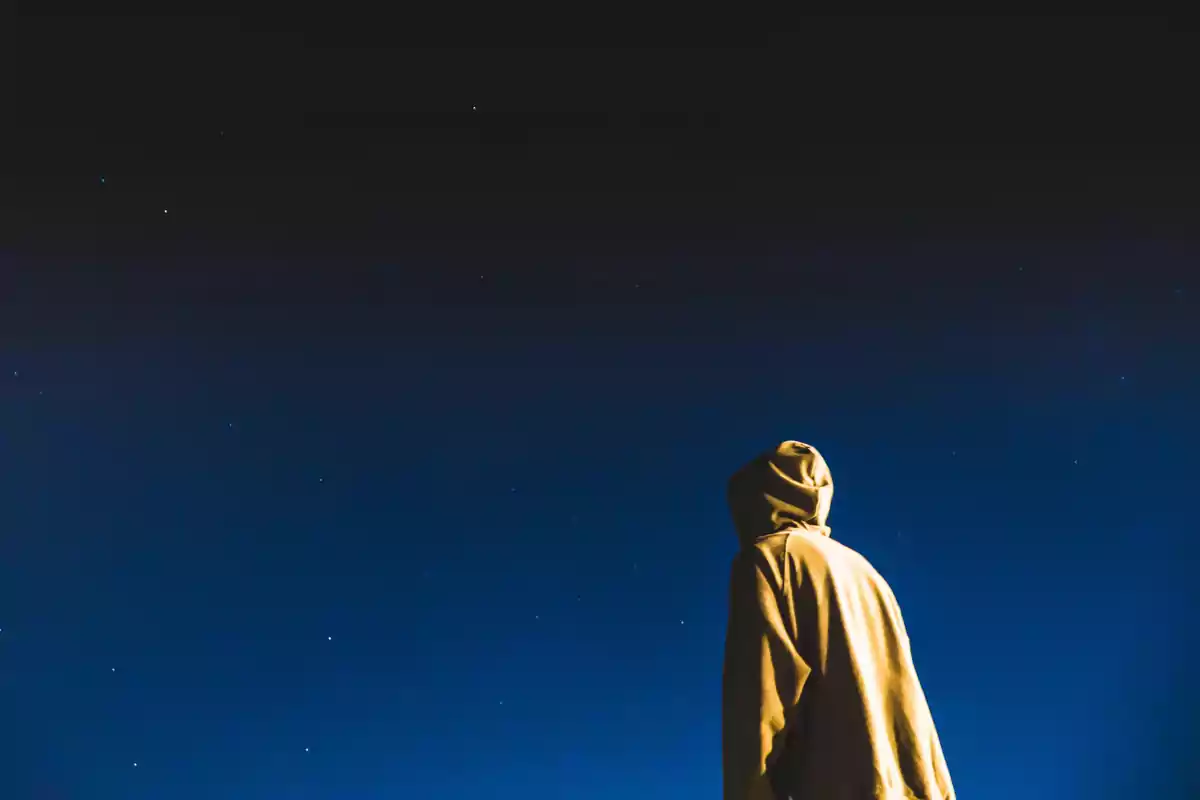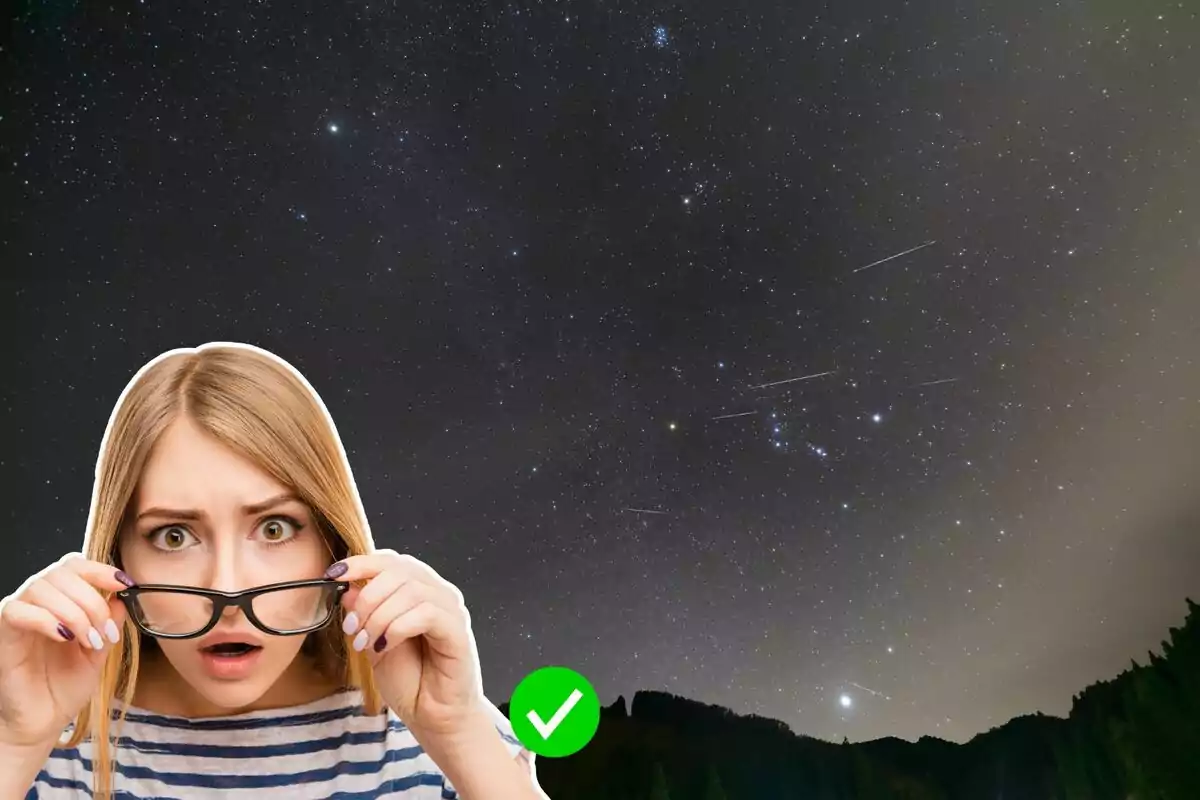This August, the sky has a truly special event in store for us. The full moon will be the star of an uncommon spectacle that promises to amaze both casual observers and the most devoted enthusiasts. It's not just another moon; this time, it's accompanied by a phenomenon that makes it even more fascinating.
On Saturday, August 9, the so-called Sturgeon Moon will take place, a full moon that traditionally marks the end of summer. However, this year it won't shine alone; it will be joined by an unusual and bright planetary alignment. Saturn, Venus, and Jupiter will join the show in an astronomical parade visible to the naked eye before dawn.

How and where to see this astronomical phenomenon
This double event turns the early morning of August 9 into a unique opportunity to look at the sky. Starting at 3:55 a.m., you will be able to see the Moon bidding farewell to the west while Saturn escorts it from the constellation Pisces. Meanwhile, in the east, Venus and Jupiter will come so close that they will appear to be touching, in a conjunction that will culminate on August 12.
This year, the Sturgeon Moon will be located in the constellation Capricorn, which will affect its visible position from different latitudes. The "Sky Tonight" app can be a perfect ally to easily locate it and also track the position of the planets. If you have binoculars or a telescope, you could even see Uranus and Neptune join the cosmic stage.
A full moon with meaning and tradition
In addition to its astronomical value, this moon carries strong cultural significance. Its name, Sturgeon Moon, comes from Native American tribes, who fished for this large fish in northern lakes during August. The sturgeon was so abundant and essential at that time that the full moon of the month ended up bearing its name.
The sturgeon is a freshwater fish considered a "living fossil" due to its prehistoric appearance and longevity; some specimens can live more than 100 years. Its name associated with this moon also invites reflection on environmental protection, since most sturgeon species are currently endangered. Observing this moon can also be a symbolic gesture of connection with nature.

On a spiritual and symbolic level, August also hosts the Hindu festival Raksha Bandhan, which is celebrated precisely during the full moon. It's a tradition that highlights the bond between siblings, where sisters tie a sacred thread on their brothers' wrists as a symbol of love and protection. Thus, this month's full moon not only lights up the sky but also traditions that cross cultures.
August, a key month to look at the sky
Alongside this full moon, the nights near August 23 will also be ideal for stargazing. On that day, the new moon will occur, leaving the sky completely dark and allowing for the sighting of meteors, such as those from the Perseid meteor shower. Although the peak of this shower will be on August 12, the strong brightness of the moon will slightly interfere with its visibility.
After August 9, the next full moon will be on September 7, known as the Corn Moon. But to enjoy another Sturgeon Moon, you'll have to wait until August 28, 2026. So, if you can look at the sky this August, don't hesitate: what you'll see won't happen again soon.

This astronomical event is not just a scientific phenomenon but also an aesthetic, emotional, and cultural experience. The combination of a bright full moon with such a unique planetary alignment creates an image worth remembering. So get your camera ready or simply your gaze, because tonight the sky gives us a spectacle that we will hardly see again soon.

